When a massive tsunami slammed into Japan on March 11, 2011, the Fukushima Daiichi nuclear power plant suffered serious damage, releasing radioactive materials that contaminated 3,500 square miles. It was the worst nuclear accident since the 1986 Chernobyl nuclear power plant accident, in the Ukraine. Many unanswered questions remain about the long-term effects of high radiation levels in the wake of Chernobyl, questions that should have been thoroughly investigated but were not, according to some scientists. In a recent press announcement of new Fukushima studies, Timothy Mousseau, of the University of South Carolina, also described the research climate following the Chernobyl accident as “many lost opportunities to better understand the effects of radiation on life, particularly in nature rather than the laboratory.” Mousseau and his colleague, Anders Møller of the Université Paris-Sud, in an editorial published in the Journal of Health & Pollution, are now urging that more funding be granted so that scientists can carry out comprehensive long-term monitoring programs in Japan to track the effects of radiation on the natural world.
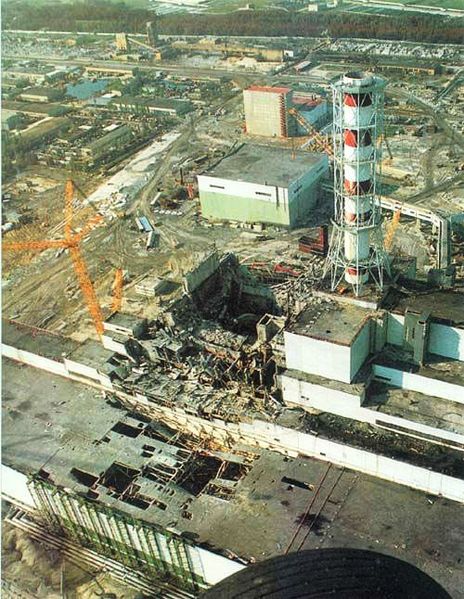
During the Chernobyl disaster, radioactive materials were spread over thousands of square miles. The most severely affected area, where most contamination is concentrated, is a 1,004 square miles area called the Chernobyl Exclusion Zone. Following the accident, mandatory evacuation was enforced in that area and it remains unoccupied to this day, except for some older people who were granted permission to return to their homes and squatters using the abandoned houses.
A clear scientific understanding of long-term effects of radiation from the Chernobyl accident has been difficult to come by, mired in politics, language barriers, and a lack of rigorous scientific research. In 2006, the World Health Organization published a report that, according to some scientists, greatly downplayed the long-term effects of radiation in the area surrounding Chernobyl. Said Mousseau, in the press release:
… they found that the plant and animal communities in Chernobyl were doing incredibly well and have come back better than ever, because of the absence of people. But when you dug into the Chernobyl Forum report to find out what they based this conclusion on, there were no scientific papers to support it.
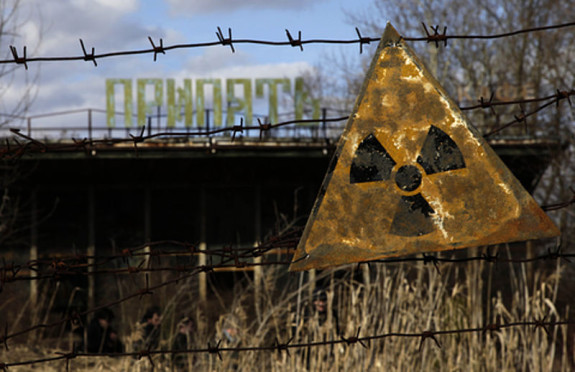
In 2009, a more scientifically-grounded body of work on the effects of radiation from the Chernobyl fallout was published by the New York Academy of Sciences. It was mostly a compilation of papers published by eastern European scientists, translated to English. Their research was, up to that point, largely unknown in the west. Findings by the east European scientists sharply contradicted the rosy picture painted by the UN report. Said Mousseau:
It is the best summary of the papers that have been generated in Eastern Europe, and it’s an important body of work for understanding Chernobyl. But there were some problems – for example, with the lack of statistical treatment. We’re using these studies as a bit of a guide, but trying to do them in a thorough way, better than anyone’s done them before.
The uniform theme we find from these papers is that, when you look carefully, in a quantitative way, you see numerous biological impacts of low doses of radiation. Not just abundance of animals, but tumors, cataracts, growth suppression.
Mousseau and his collaborators recently published a series of papers on their statistical studies of radiation-induced abnormalities in birds within the Chernobyl Exclusion Zone, specifically cataracts, albinism, and tumors. They also examined trees in that area, at sites with different levels of radiation.
Cataracts, the clouding of the eye lens, reduces vision. While commonly associated with aging, it can also be brought about by exposure to radiation. Cases of cataracts in children were seen in neighboring Belarus, that was affected by 70% of the Chernobyl radioactive fallout. In 2011 and 2012, at the height of the bird breeding season, Mousseau and his colleagues examined more than 1,200 birds for signs of cataracts, at sites with different levels of background radiation. Their findings showed a higher incidence of cataracts, as well as lower breeding bird populations, in highly radioactively-contaminated areas.

In another study, conducted during the 2010, 2011, and 2012 bird breeding seasons, the researchers looked for evidence of albinism and tumors in wild birds. Albinism is a rare genetic mutation that manifests as an absence of melanin pigments in skin, feathers, and scales. Another type of genetic mutation is abnormal tissue growth called tumors. Both can be caused by radioactive contamination. Out of 1,669 birds examined, 6.65% showed signs of albinism and 2.5% had tumors. In comparison, birds examined for albinism and tumors in Denmark numbered just 0.89% and 0%, respectively. In addition, the scientists also found more cases of albinism and tumors in areas with higher background radiation levels.
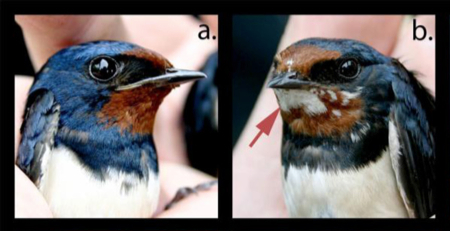
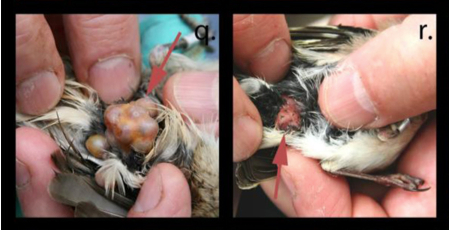
Effects of radiation were noticeable in trees within the Chernobyl Exclusion Zone. In 2009, about 23 years after the accident, Mousseau and his colleagues extracted, from 100 live Scots pines, tree ring cross-section samples that preserved annual growth records. They found that from 1987 to 1989, tree growth rates were significantly lower, also noting large growth variations in areas with high radiation levels. During periods of environmental stress, such as drought, tree growth rates were even lower than expected. Younger trees, the scientists noticed, seemed more affected by radioactivity than older trees. Wood accumulated during tree growth in a radioactive environment looked different; it held radionuclides, atoms that have an unstable nucleus, that had been absorbed by tree roots. Wildfires are closely watched in the Chernobyl Exclusion Zone because burning wood would release those radionuclides into the air, causing more radioactive contamination.
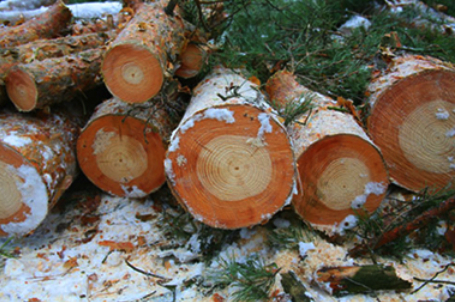
Bottom line: There is an urgent need to study the effects of radiation following the Fukushima Daiichi nuclear power plant accident that contaminated 3,500 square miles of land in Japan. The opportunity for comprehensive monitoring of radiation effects in nature were largely missed following the Chernobyl disaster in 1986. Recent studies by Timothy Mousseau and his colleagues show alarming evidence of the continued effect of radiation on wildlife in the Chernobyl Exclusion Zone. In their studies of birds, they found increased incidences of cataracts, albinism, and tumors in areas with high radiation levels, and the long-term effects of radioactivity on pine trees. Mousseau and his colleagues are calling for additional funding to monitor the effects of radiation in the fallout zones around the Chernobyl and Fukushima Daiichi nuclear power plants.











